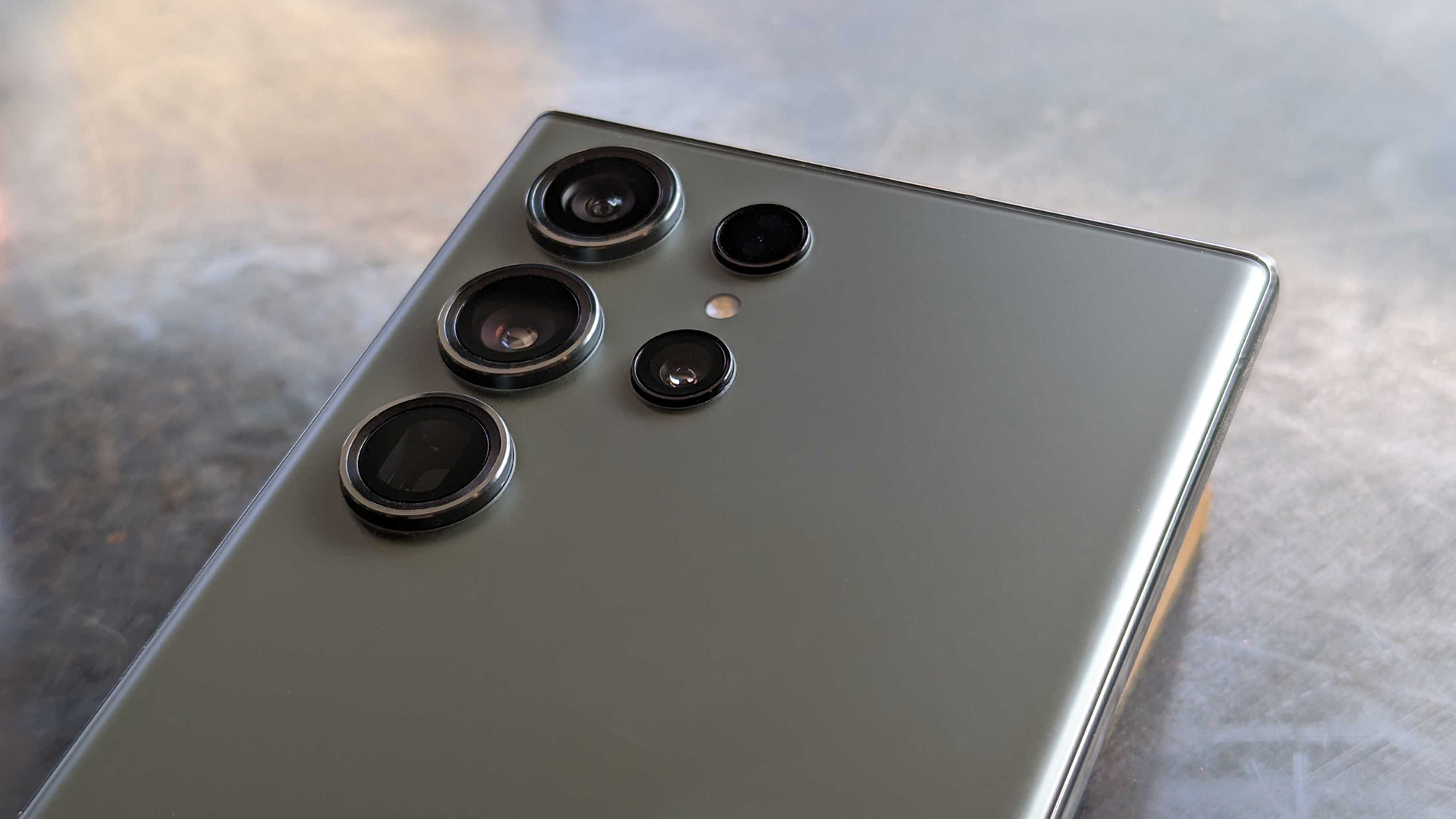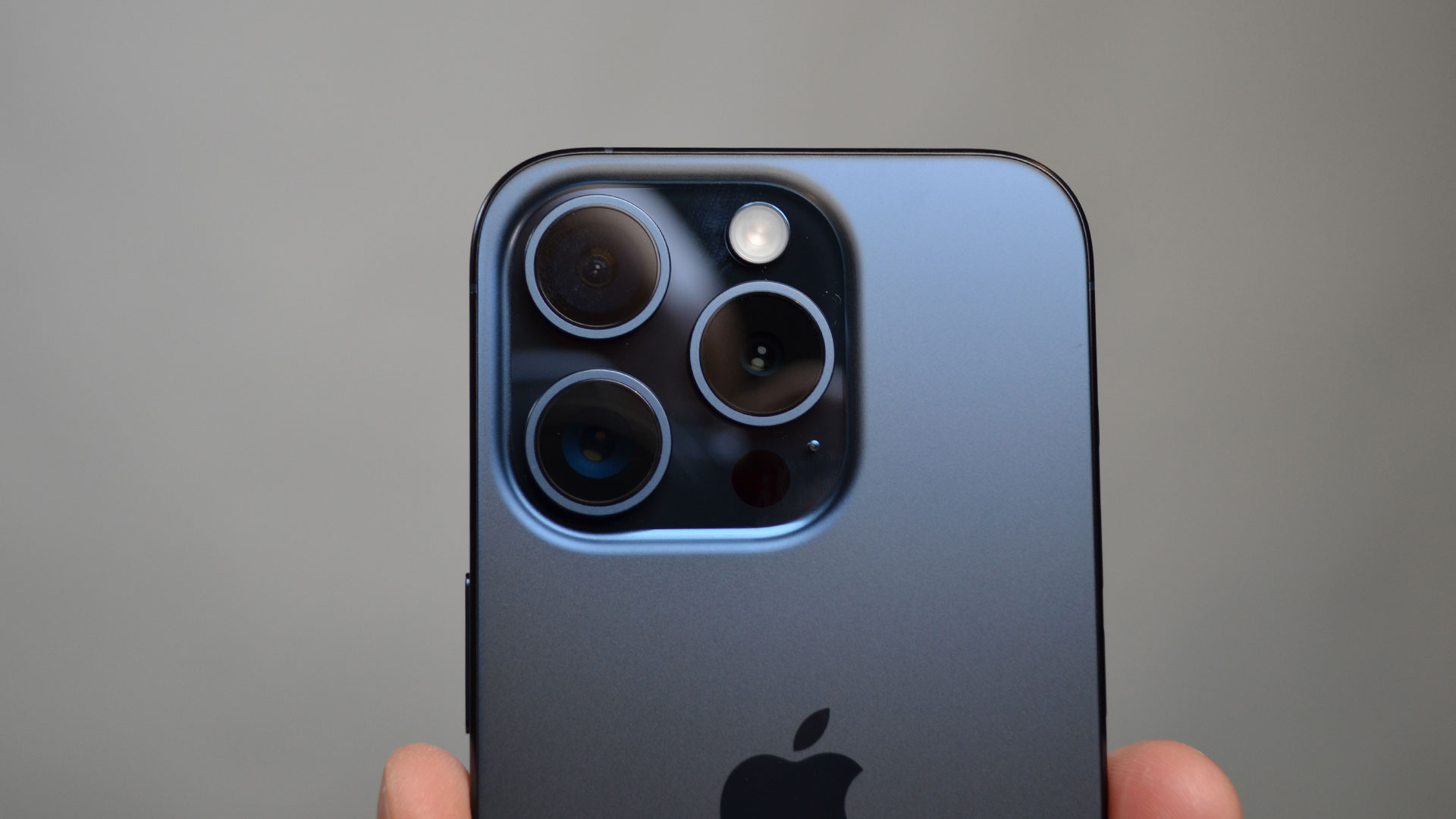Do megapixels matter in smartphone cameras? The answer may surprise you
A little bit of yes and a little bit of no

In the smartphone days gone by, it used to be the case that the bigger the number of megapixels on a phone’s main camera, the better it was likely to be at photography.
More megapixels tended to result in higher-resolution photos and also hinted at better all-round camera hardware, which usually meant better results. But as phones progressed and hit the 2015-2016 period, megapixels stopped mattering as much.
The likes of Google’s Pixel phones and Apple’s iPhones discovered class-leading smartphone photography could be achieved with 12MP main cameras, often complimented by ultrawide and telephoto cameras of similar or lower resolutions.
This was thanks to improved image processing, which started with HDR photography – where multiple shots are combined into one to create what the phone’s brain thinks is the best image – and has culminated in AI-powered photography, where algorithms and neural processing units analyze masses of information in a shot to produce a photo that’s meant to be the most pleasing.
Pixel pushing

But then we saw Samsung’s Galaxy Ultra phones return to the megapixel game, with the likes of the Galaxy S21 Ultra having a 100MP main sensor and the Galaxy S22 Ultra and Galaxy S23 Ultra adopting 200MP main cameras. And others followed.
We saw Pixel phones get a main camera boost to 50MP, with the Pixel 8 Pro offering a 50MP main, 48MP ultrawide and 48MP telephoto rear camera suite.
With the iPhone 14 Pro, Apple finally ditched the 12MP main camera for a 48MP sensor, which filtered down into the iPhone 15 this year, with the iPhone 15 Pro and iPhone 15 Pro Max also sporting upgraded 48MP cameras.
Get daily insight, inspiration and deals in your inbox
Sign up for breaking news, reviews, opinion, top tech deals, and more.
So it would seem upping the megapixel count has become relevant again, despite photos often being resolved to 12MP or 24MP images.
This is down to data.
Ultimately, a 12MP camera can only capture so much image data, and thus only feed smart processing a capped off amount of information. So there was only going to be so much computational photography techniques and image signal processing that could be done without relying on the minuscule incremental improvements from generation to generation.
But more megapixels means a higher-resolution image and more data for algorithms to chew on and thus carry out more processing, theoretically leading to a better photo. There can be more processing of sharp edges, picking out small details in the foreground, like strands of hair from an artfully blurred background (Samsung’s Galaxy phones are good at this), to making night-time photos look clear without overblowing the brightness.
So as AI processing and computational photography that leans on smart algorithms advances, I’d suggest that megapixel counts don't matter. But there’s a catch.
A matter of processing

Even with enormous sensors, there are limits to camera sensors in phones. They’ll never be as large as those in proper cameras or have the lenses to fully compete with mirrorless or DSLR cameras; albeit the best phones can nip at the heels of some of the best cheap cameras. In my personal experience, my somewhat old and beginner-level Nikon D3300 DLSR with a 24.4MP sensor will take a better photo than any smartphone I've used – it’s just the process of capturing a great photo takes more effort than pointing and clicking.
Unless smartphones fully embrace modularity or balloon in size, there will be hardware limitations – for the foreseeable future, at least – that increasing the megapixel count won’t be able to mitigate. As such, a smartphone’s photography chops still live and die on its AI smarts and image signal processing.
This is why the Galaxy S23 Ultra with its 200MP main camera can be beaten by photos from the 48MP sensors on the iPhone 15 Pro Max. Samsung’s processing can lead to some photos having colors that are slightly too vivid, while the top-end iPhone tends to deliver more natural looking photos.
Comparing an iPhone against a Pixel phone, and despite the two phones tending to have similar main camera sensors from generation to generation, the processing applied can produce rather different photos. Pixel phones tend to brighten the shadows and reign in the highlights to produce an image that has more dynamic range but can look a little flat, whereas iPhones are happier to keep the shadow dark and bright areas shining to give a more contrast-heavy photo. Which one catches your eye is down to your taste.
So to answer the question, do megapixels matter? Well it’s a yes and no.
Smart image processing needs data and so we’re sure to see more phones in the future lean on higher megapixel count sensors for their main cameras. But the results of that data crunching, and a phone's multi-frame processing, is what really matters. And that ultimately comes down to a phone’s camera software and neutral processing rather than its hardware.
If you want to select a phone for camera capabilities, then I suggest you look at our list of the best camera phones, as we’ve put these phones to the test and believe that any one of them will give you a great phone photography experience, regardless of megapixels.
You might also like
- Samsung Galaxy S24: latest news, rumors and everything we know so far
- iOS 17.2 finally gives me a reason to use the iPhone 15 Pro’s Action button
- 6 things the Galaxy S24 needs to steal from the iPhone 15 (and 1 thing it better not)
Roland Moore-Colyer is Managing Editor at TechRadar with a focus on phones and tablets, but a general interest in all things tech, especially those with a good story behind them. He can also be found writing about games, computers, and cars when the occasion arrives, and supports with the day-to-day running of TechRadar. When not at his desk Roland can be found wandering around London, often with a look of curiosity on his face and a nose for food markets.